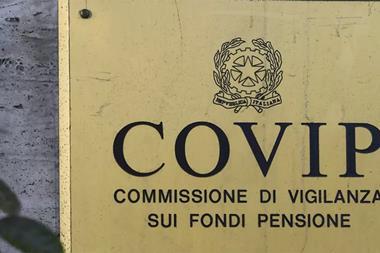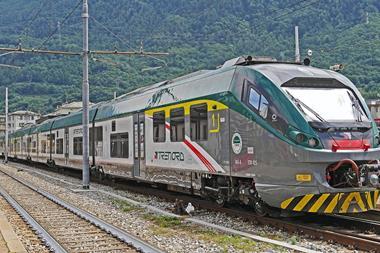Inter-pension, the organisation representing the interests of Swiss multi-employer pension schemes, has firmly rejected a draft note by the occupational pension supervisory commission OAK BV on the transfer of pension assets from schemes not offering 1e plans, to those offering such plans, saying that it violates the fundamental norms of the occupational pension law.
OAK BV does not have the power to issue its own (generally abstract) rules to fill gaps created by regulators, Inter-pension said in a statement, questioning what is the legal basis to transfer assets that are not considered by the regulator vested benefits or a partial liquidation of a scheme.
“Our expectation is that this note will be waived. The content is problematic because it legitimises the transfer of pension funds to a 1e solution, even though there is no legal basis for this. Laws come from the legislators, and not from the OAK,” Nico Fiore, managing director at Inter-Pension, told IPE.
The regulator’s draft note explained that occupational pension provision is regulated by law on a collective basis. That means that individual members of a scheme don’t have the right to choose whether or not to join a 1e pension scheme, it added.
OAK BV has, therefore, set out requirements to transfer pension assets from a non-1e pension scheme to a 1e pension scheme.
According to the regulator, the non-1e pension fund transferring assets to the 1e pension scheme must ensure that only assets of members whose salary is above one and a half times the upper limit of the wage insured in the second pillar, according to the law, in the range of CHF25,725-88,200 (€27,200-93,250) per year, are transferred.
1e pension plans offer an array of investment strategies to people earning around CHF130,000 per year.
The highest management of a pension scheme should set the rule to transfer the assets, and stick to them, for example to regulate whether members who are about to reach retirement age won’t transfer assets to the 1e pension scheme, and continue to accrue pension provision in full in the non-1e pension scheme, OAK BV added in the note.
Moreover, the financial situation of a non-1e pension fund – i.e funding position – must not further deteriorate by transferring assets to a 1e scheme. Finally, the non-1e pension scheme must inform members appropriately before moving their assets to another scheme.
The regulator has underlined that all requirements must be met in order for the transfer to take place, adding that such transfer does not constitute a case of vested benefits or partial liquidation of the scheme.
It is undisputed that there are some unanswered questions regarding 1e pension schemes, and some aspects relating to those plans are not regulated by law, Inter-pension said in the statement.
“One of the goals of OAK BV is to ensure uniform supervisory practices, and I think the note aims to standardise [supervisory practices], since the transfer of savings to 1e [pension] solutions is currently handled inconsistently by the direct supervisory authorities,” Fiore said.
Looking for IPE’s latest magazine? Read the digital edition here




































No comments yet